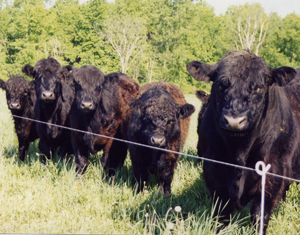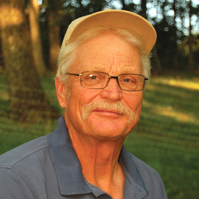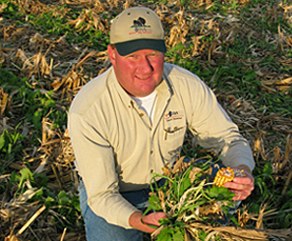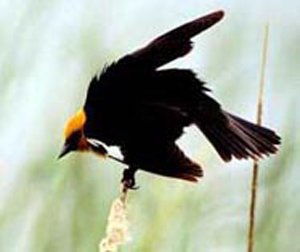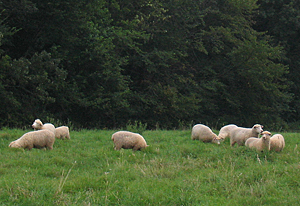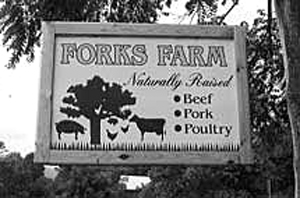By Tom Wrchota, Omro, Wisconsin — Ever since living and working in Costa Rica back in the early 1970s, I have greatly enjoyed the taste, smell, and texture of “properly” raised and prepared grass-fed beef. Once back in Wisconsin, it was one of my crusades to develop a beef herd and a grass management system that could service my acquired beef appetite … along with making a living selling it to other prospective affectionatos.
After 11 years of being part of this emerging sector, I’ve come to a few conclusions about what represents grass-fed beef quality, and how a northern grazier might be able to produce a relatively consistent product. They’re based on laboratory tests, blind taste panels, and my own, on-ranch observations. Continue reading “Different ‘grass-fed’ beef categories require differing strategies”

